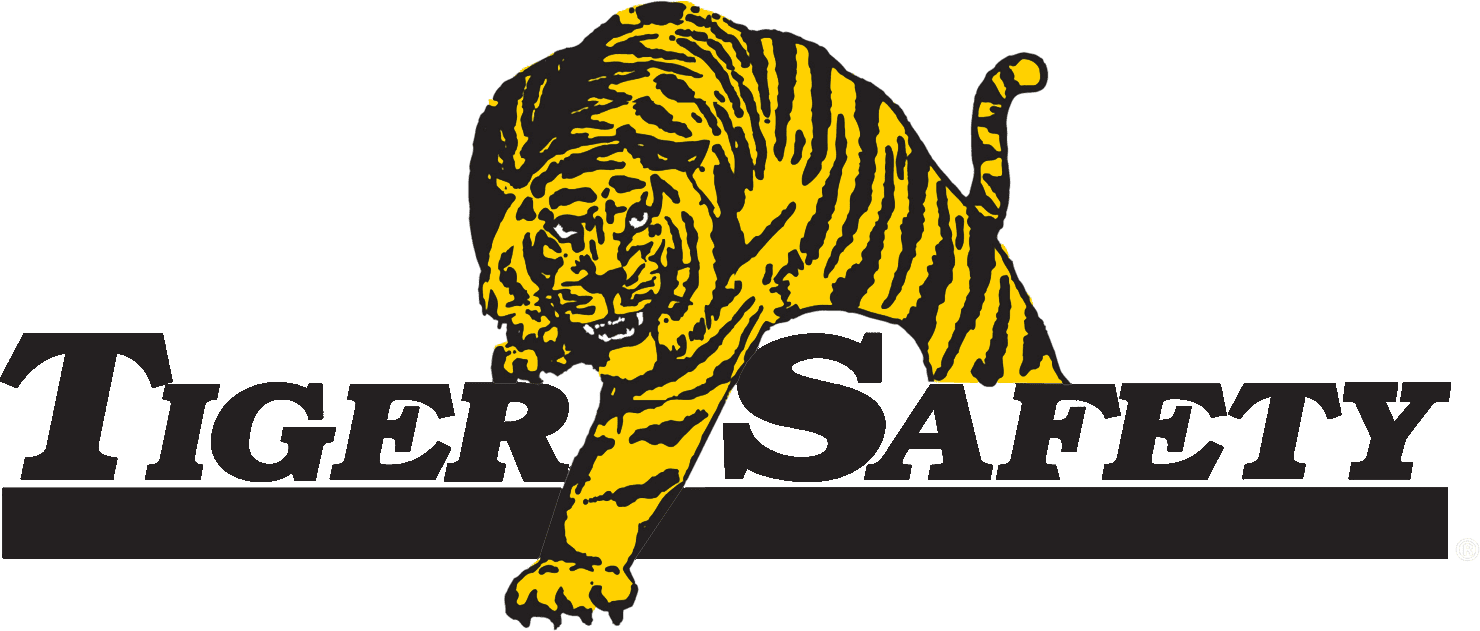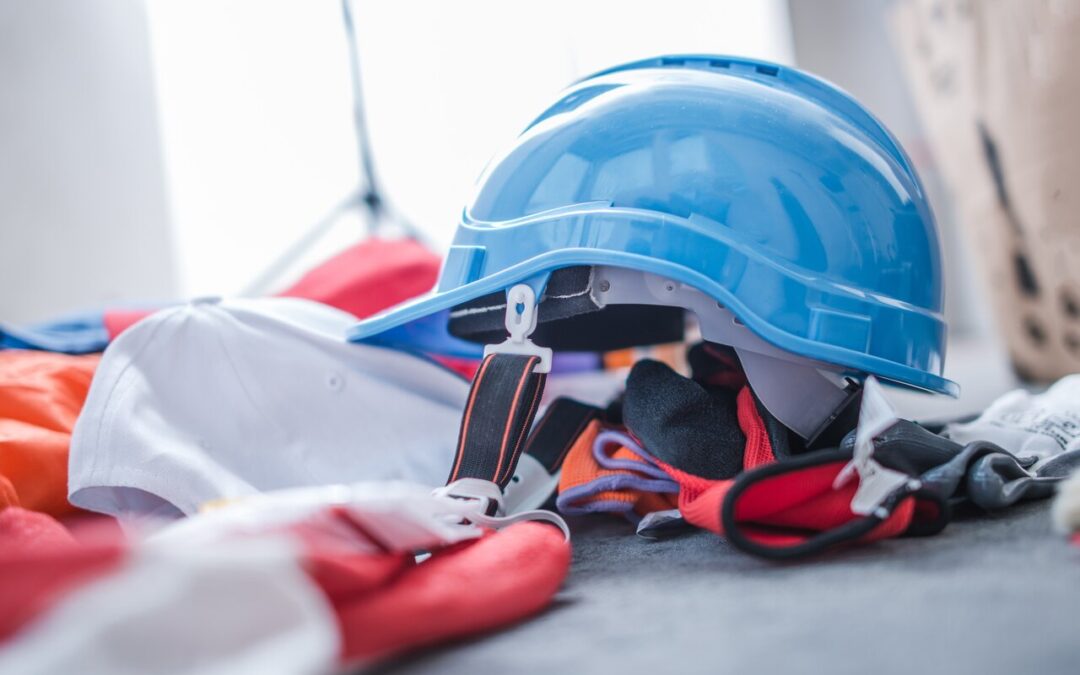Safety on offshore oil rigs is critical. The environment is tough, and the risks are real. Selecting the right safety equipment can make all the difference in protecting workers from harm. From extreme weather to the threat of explosions, the right gear keeps everyone safe.
Understanding what gear is necessary is the first step. Different tasks require different protection. It’s not just about meeting regulations; it’s about ensuring everyone goes home safely. This article will guide you through choosing the best safety equipment for your offshore operations in 2024.
Understanding the Unique Hazards of Offshore Oil Rigs
Offshore oil rigs are among the most hazardous workplaces. One of the significant dangers is the potential for explosions and fires due to flammable gases like methane. High pressures and temperatures increase the risk of blowouts, which are uncontrolled releases of crude oil or natural gas.
Another risk comes from the harsh environmental conditions. Strong winds, heavy rain, and saltwater exposure can compromise the integrity of structures and equipment. These conditions also make it challenging for workers to move around safely.
The isolation of offshore rigs presents another hazard. Medical emergencies and evacuation procedures can be complicated by the rig’s remote location. Workers need to be prepared to handle emergencies until help arrives, which can sometimes take hours or even days.
Types of Personal Protective Equipment (PPE) Required
Choosing the right PPE is crucial for worker safety on offshore rigs. Here are some essential items:
– Helmets: Protect against head injuries from falling objects and structural impacts.
– Eye Protection: Goggles or face shields to guard against chemical splashes, debris, and glare.
– Hearing Protection: Earplugs or earmuffs to prevent hearing loss from loud machinery.
– Respiratory Protection: Masks and respirators to protect from harmful fumes and gases.
– Gloves: Depending on the task, cut-resistant or chemical-resistant gloves can provide essential hand protection.
– Flame-Resistant Clothing: Essential for protecting against fire hazards.
– Safety Boots: Steel-toe and slip-resistant boots to protect feet and provide stability.
Each type of PPE needs to be selected based on the specific risks associated with different tasks.
Assessing the Environmental Conditions
Understanding environmental conditions is key to selecting the right safety gear. Offshore rigs face extreme weather conditions, such as high winds, heavy rain, and intense sunlight. These elements can impact the durability and effectiveness of safety equipment.
Saltwater exposure is another factor. Gear exposed to saltwater needs to be corrosion-resistant. This applies to everything from PPE to structural components of the rig.
Temperature extremes can affect both workers and equipment. In cold environments, gear must provide insulation to prevent hypothermia, while in hot conditions, it should allow for ventilation to avoid heat stress. Monitoring environmental conditions and adjusting safety equipment accordingly is crucial for maintaining a safe work environment.
Standards and Regulations for Offshore Safety Equipment
Industry standards ensure that safety equipment meets the necessary requirements to protect workers. The International Maritime Organization (IMO) and the Occupational Safety and Health Administration (OSHA) set guidelines for offshore safety equipment.
OSHA regulations mandate that PPE must be properly maintained and replaced when it shows signs of wear. The American National Standards Institute (ANSI) provides standards for types of safety gear, like helmets and eye protection.
The IMO sets standards for marine equipment, including life jackets, lifeboats, and fire-fighting equipment. Compliance with these standards is mandatory and helps reduce risks. Regular audits and inspections ensure that safety equipment remains compliant and effective.
Staying updated with these standards is essential for choosing the right safety gear and ensuring a safe working environment on offshore oil rigs.
Importance of Flame-Resistant Clothing
Flame-resistant (FR) clothing is vital for worker safety on offshore rigs. It protects against the risk of fire and heat hazards that are common in oil and gas operations. FR clothing is made from materials that resist ignition and self-extinguish, reducing the severity of burns.
When choosing FR clothing, consider the following factors:
– Material: Opt for fabrics like Nomex or Kevlar, which offer high levels of flame resistance.
– Durability: Ensure the clothing can withstand harsh offshore conditions including saltwater and UV exposure.
– Comfort: The fit and comfort are important to ensure workers wear the gear consistently without discomfort.
Providing workers with high-quality FR clothing can make the difference between a minor incident and a life-threatening situation.
Selecting the Right Fall Protection Systems
Fall hazards are a major concern on offshore rigs due to their elevated structures and harsh weather conditions. Choosing the right fall protection systems is essential to prevent injuries and fatalities.
Here are some key components to consider:
– Harnesses: Full-body harnesses distribute forces in case of a fall and provide better support than simple belt systems.
– Lanyards: Shock-absorbing lanyards reduce the impact force on the worker during a fall.
– Anchorage Points: Ensure they are strong and properly positioned to minimize fall distances.
– Guardrails and Safety Nets: These provide additional layers of protection by preventing falls from occurring.
When selecting fall protection gear, ensure it meets OSHA standards for strength and endurance.
Conclusion
Selecting the right safety equipment for offshore oil rigs involves understanding unique hazards, choosing appropriate PPE, evaluating environmental conditions, and adhering to standards. Regular maintenance and proper training are crucial to keeping gear effective. Ensuring compatibility and comfort enhances usage, while staying updated on future trends prepares us for ongoing challenges.
Tiger Safety Rentals is committed to providing top-quality H2S safety equipment and services specifically designed for offshore oil and gas operations worldwide. Reach out to us today to discuss your needs and ensure your team is equipped with the best in safety gear. Let’s make offshore operations safer together.

